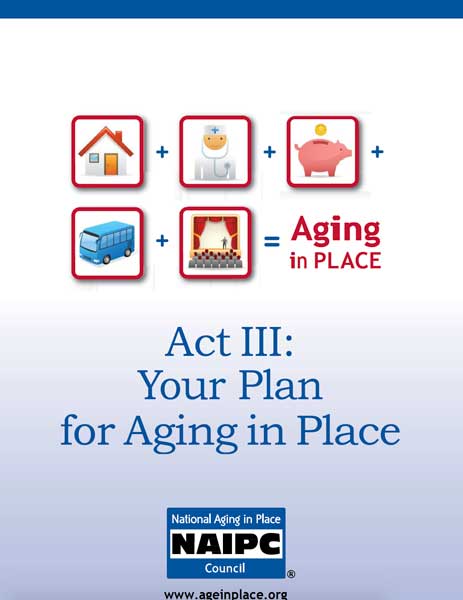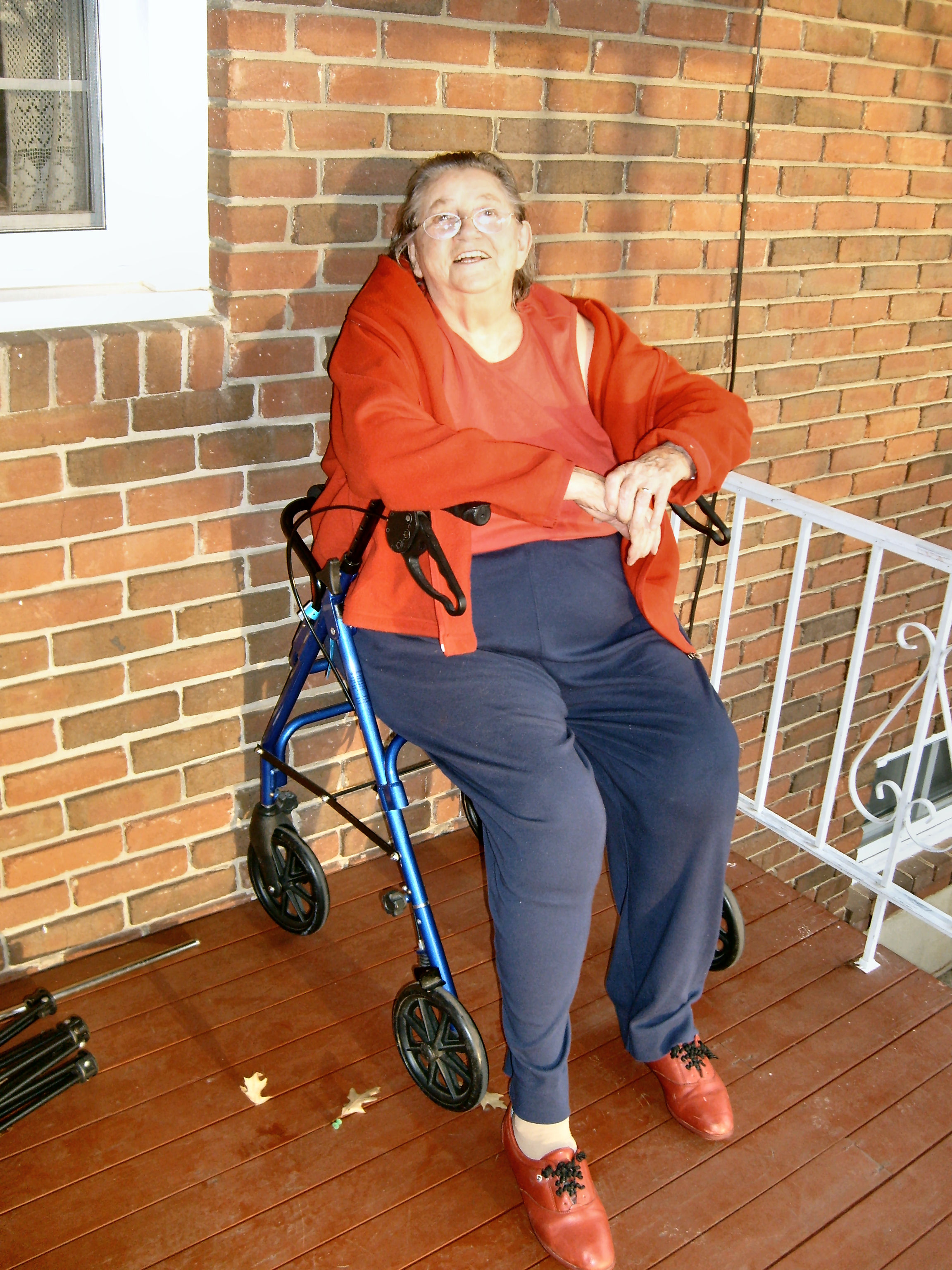Most of the traditional homes and public places where we go about our day to day lives have been designed to accommodate what would be considered an average person. Everything from the height of light switches and counter tops to the size and shape of doorknobs has developed over time as standard practice in the building industry. Here at Solid Rock Enterprises, Inc. we often perform home modifications when some of these configurations are inconvenient or completely unworkable for people with different abilities and mobility needs. A more proactive approach is designing and building a home that can be used comfortably by just about everyone. The idea that we can design a home that can be used by children or adults, people with various handicaps, those recovering from illness or injury, people who are smaller or larger than average or those with restricted mobility, is called Universal Design.
Universal Design can be defined as the design of products and environments to be usable to the greatest extent possible by people of all ages and abilities. The idea is to design homes that are universally workable by all people so that modifications will not be needed as you age or through circumstances such as injury or illness. Many of these design elements use standard products or materials. There are many new products coming out almost daily that use technology to help elderly people live more independent lives in their own homes.
There are seven principles of Universal Design. Following these principles when designing a new home or remodeling an existing home will result in the space being more useful and comfortable to a wide range of people. The principles are:
- Equitable Use – The design is useful to people with different abilities.
- Flexibility in Use – The design accommodates a wide range of individual preferences and abilities.
- Simple and Intuitive Use — Use of the design is easy to understand.
- Perceptible Information — The design communicates necessary information effectively to the user.
- Tolerance for Error — The design minimizes hazards and the adverse consequences of accidental or unintended actions.
- Low Physical Effort — The design can be used efficiently and comfortably and with a minimum of fatigue.
- Size and Space for Approach and Use — Appropriate size and space is provided for approach, reach, manipulation and use.
All of these principles should apply regardless of a person’s experience, knowledge, sensory abilities, body size, posture, mobility, or other conditions. In short, a house designed using these principles would be “user friendly”.
Some examples of these principles in action would be entryways with no steps and motion sensor lighting, curbless showers, elevated or adjustable height toilets, and grab bars in bathrooms, and varied or adjustable counters, and front mounted controls and knee spaces under cook tops and sinks in kitchens. Using 3′ wide doors and 4′ wide hallways throughout a home costs almost nothing when building a new home but can make all the difference in the world later if you find yourself navigating the home in a wheelchair. Some design elements anticipate future changes. For example, in a two story home, if you stack two closets directly above each other with a removable floor and rough in the wiring it would be very easy to add an elevator later if the need arises. Many of these designs can be integrated very easily into a new home and make your life easier for years to come.
I emphasize the fact that Universal Design benefits everyone in making our homes more user friendly for all of us. I think it’s slowly starting to sink in. I am starting to see references to aging in place and Universal Design in more mainstream publications and websites. I was recently reading an article on the website of Builder magazine which pointed out that the first generation to grow up in the suburbs is now finding their homes no longer fit their needs. The villages movement which helps seniors band together to help meet each other’s needs is growing by leaps and bounds. More and more architects, builders, and homeowners are seeing the value of creating homes that will serve us throughout the course of our lives. As more and more people realize the value of Universal Design, I thought it would be helpful to reiterate some of the features and benefits of Universal Design. These are areas to keep in mind if you are considering building or remodeling anytime in the near future.
- No Step Entry Make sure at least one entry to your home is accessible without any steps. If you are building a new home, the easiest way to accomplish this is to make the garage floor is level with the main floor. If you are building a two story house, create stacked closets with a removable floor to make it easier to add an elevator in the future.
- Wider Doors and Hallways If at all possible, use 3′ doors and 4′ halls throughout the house. If you are remodeling, enlarge doors to 3′ wide wherever you can. If it doesn’t fit the budget, use swing clear hinges to widen existing doorways. For a person using a wheelchair or a walker, a few extra inches can make all the difference in the world.
- Accessible, Safe Bathrooms The bathroom is the room where the most falls occur, and falls are the leading cause of seniors being forced to move out of their homes. A non-slip floor, plenty of grab bars, a curbless shower or walk in tub, and a comfort height commode can go a long way towards making the bathroom safer and easier to use.
- All Controls Simple to Use and Easy to Access The principles of Universal Design call this simple and intuitive use. Ever notice how the control panels and remote controls of the various gadgets seem to get more and more complicated? Look for appliances, thermostats, and other controls that simple and easy to use. Mount all switches and outlets between 24″ and 48″ from the floor to make them easy for everyone to reach.
- Good Lighting Bright, glare free lighting without shadows will make your home safer for everyone, but especially for anyone with diminished vision. Use bright, contrasting colors, particularly at the edges of work surfaces and stairs.
- Watch the Clutter Make sure walkways are clear and free of tripping hazards. Throw rugs and trailing extension cords are two prime suspects. Preventing falls is probably the best way to keep you or a loved one living at home.
While this list is by no means comprehensive, it is a good starting point in creating a home that will work for us throughout our lives. For more information about Aging in Place or Universal Design please get in touch with us.


